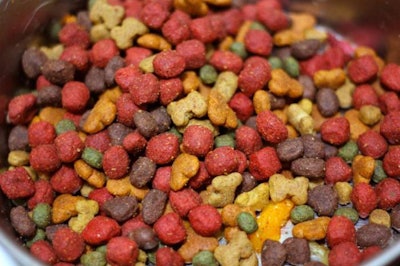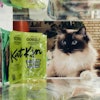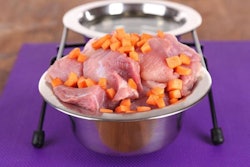
The call by the Food and Drug Administration's (FDA) Center for Veterinary Medicine (CVM) for a change to the regulatory oversight of animal feed ingredients, without clear resolution on which ingredients will need additional information and on the feed ingredient approval process as a whole, has led to confusion and uncertainty within the pet food and animal feed industries, stifling innovation and growth for new feed products. Join us at Petfood Forum 2016 for an in-depth presentation on this topic, and learn how feed suppliers and manufacturers can stay ahead of the curve and take a proactive stance for regulatory compliance.
Dr. Ray Matulka, director of toxicology at Burdock Group, will describe the current emerging crisis for pet and other animal feed ingredients, the methods available for adherence to federal law to preserve the use of these “adulterants” and the future for manufacturers who react too slowly.
Within the last seven years, it has become apparent that the relationship between CVM and the states’ Association of Federal Feed Control Officials (AAFCO) has been evolving and changing, especially in regard to the evaluation and approval of new feed ingredients. Historically, there have been three routes to animal feed ingredient approval: submit a food additive petition (FAP) to CVM, determine that the ingredient is Generally Recognized as Safe (GRAS) or submit a petition under the AAFCO ingredient definition process (the ingredient is then published and recognized in the AAFCO Official Publication, or OP).
Under the AAFCO route, CVM would evaluate the safety segment of the petition while AAFCO would evaluate labeling and other parameters. CVM has recently indicated that the safety portion of current and future AAFCO petitions will be held to the same standard as FAPs, placing AAFCO petitions at the same scientific standard as FAPs, but without the federal standing for interstate commerce.
This new announcement creates an “elephant in the room” for almost 500 feed ingredients that have been listed in the OP, but are not listed as food additives in the code of federal regulations (CFR) or been determined to be GRAS. In the recent announcement, CVM indicated that its scientists would evaluate the animal food ingredients listed in the AAFCO OP that are currently not FDA-approved food additives or listed as GRAS. In the case of approximately 250 ingredients, where the scientific literature supports a GRAS determination, CVM will publish the supporting information for an ingredient in the Federal Register for public comment before affirming the ingredient as GRAS.
For about 30 ingredients in the OP, where the data and information support a finding that the ingredient meets the food additive approval standard, CVM intends to approve these ingredients as food additives. But in the case of around 220 ingredients, CVM does not believe it currently has enough data to make a GRAS determination or approve the ingredients as food additives—in these cases, the agency will require manufacturers to submit a FAP in order to allow continued legal use of the product in animal feed. The FAP process, however, has been a historically slow process, with demands for extensive, high-level safety data and information, including safety studies that are carried out in the target species and not extrapolated from one species to another.
Learn more about and register for Petfood Forum 2016!

















